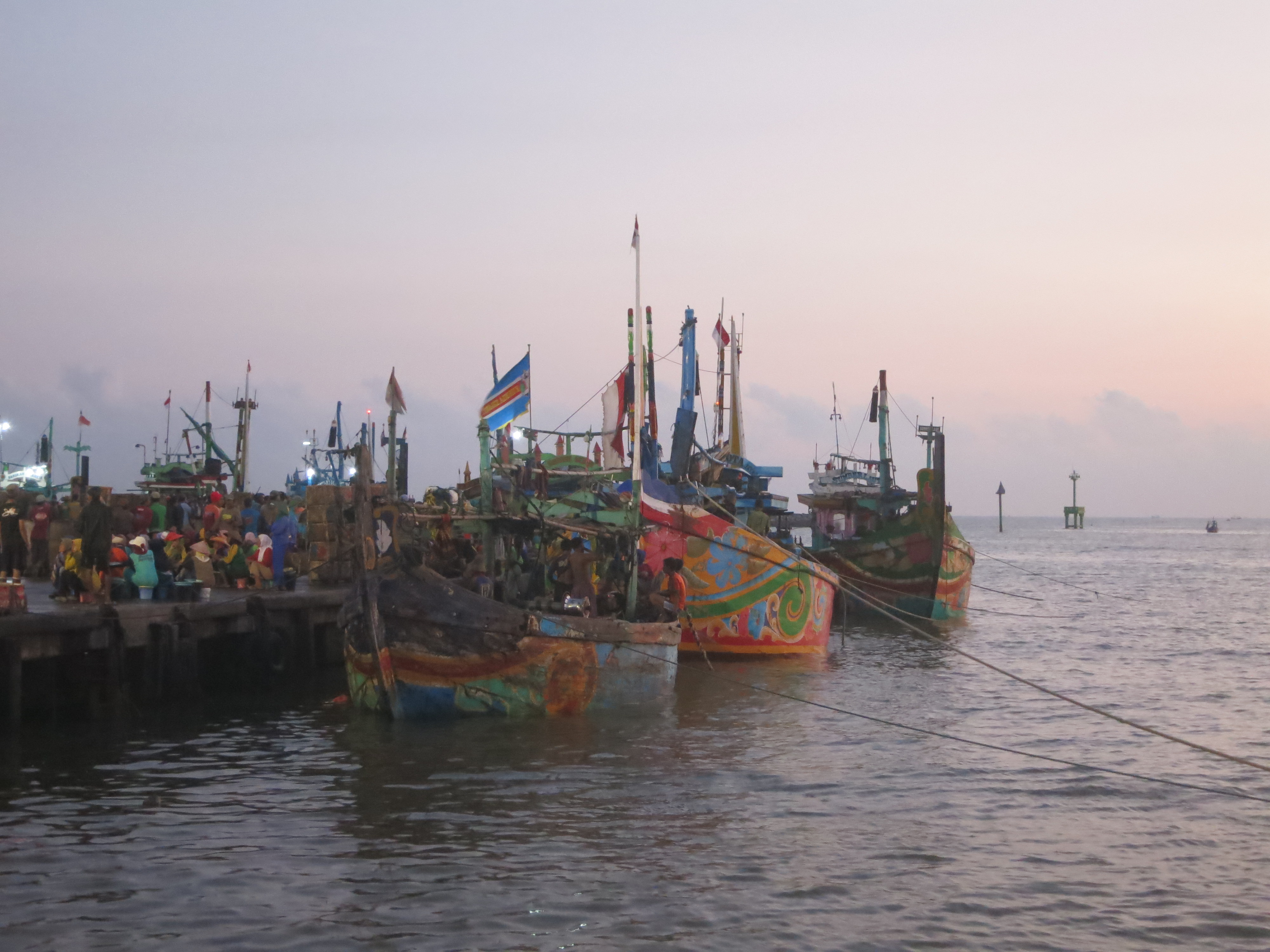WHAT?
“What do you do?”
The big picture, easily digestible, non-jargon answer: We’re trying to figure out how to make it possible for impact investors to work with fishermen to continue catching fish from our oceans, make money doing so, and still have enough fish for future generations.
The buzzword, jargon answer: We’re using value chain based analysis to determine constraints preventing impact capital from flowing to triple-bottom line SMEs in fisheries.
After that question has been settled with a degree of satisfaction, the natural follow-up question is, “Yes, but WHAT do you do?”
The big picture, simple answer: We use readily available data to give us an idea of how big a fishery is in terms of volume and value and what the important markets are for the fishery. This way we can figure out the most important parts of the fishery and focus our efforts there.
The more in-depth answer: We use readily available data to characterize the value chain flows, and we use interviews, scientific papers, and previously published reports to identify opportunities and constraints within the value chain.
WHY?
Not often asked directly, is the question of “Why?” Why are you doing this? Why is it important?
Millions of people rely on fish as their primary source of protein, and billions more benefit from having fish in their diet. A healthy ocean is a great asset to all of us.
We also think it’s a great challenge. How do you quantify risk for a resource you can’t see and where the capriciousness of weather dictates when you can and can’t fish? The multitude of stakeholders adds another layer of challenge: harvesters, processors, distributors, retailers, restaurants, consumers, multiple levels of government plus the local communities, NGOs, and more. Considering the nature of fisheries and the plethora of stakeholders, it’s no wonder that this sector can be overwhelming for financial institutions to explore.
Finally, and perhaps most importantly, we want to see fisheries investments done well. No one benefits from short-sighted projects that may do more harm than good. If the fishery isn’t properly managed, improving the logistics of the supply chain will just lead to overfishing. We know that ensuring appropriate management safeguards are implemented is one of the keys to sustainable fisheries.



